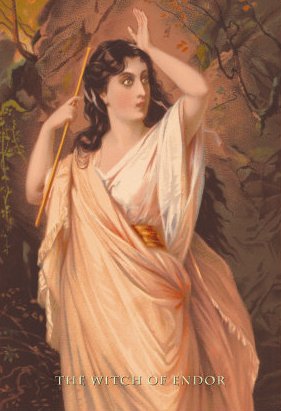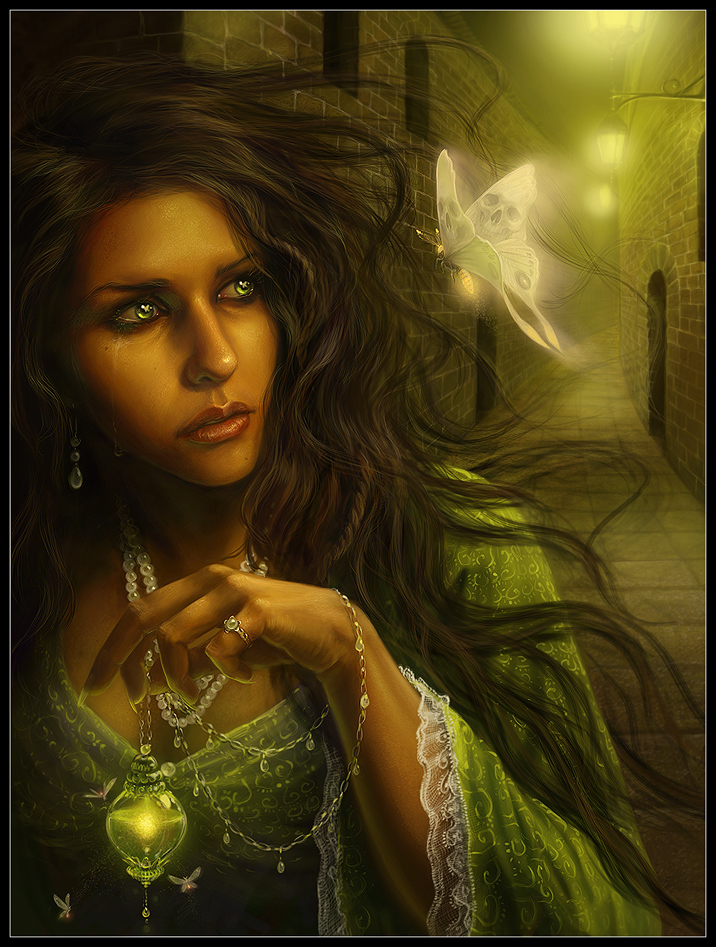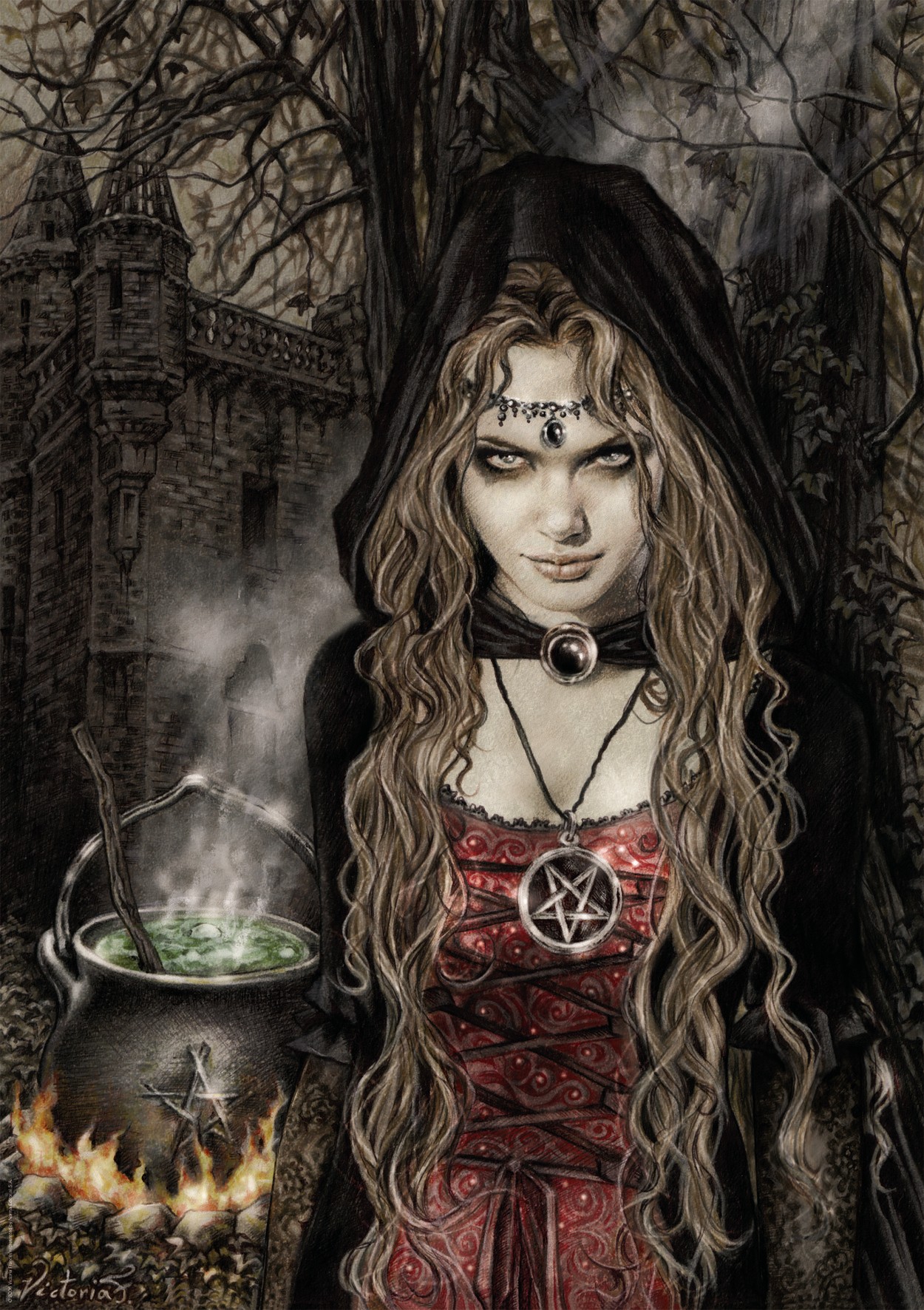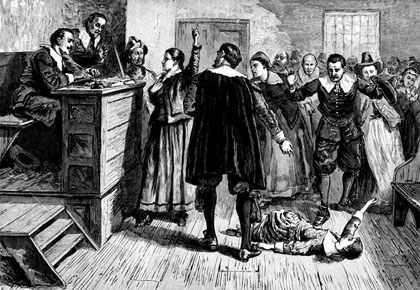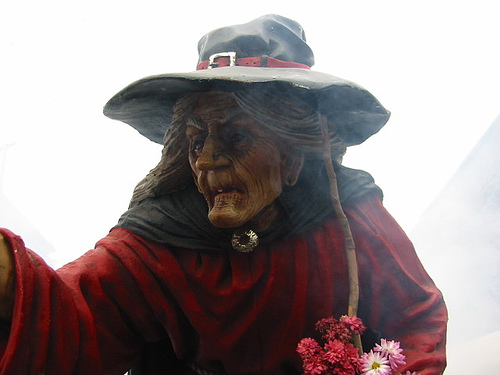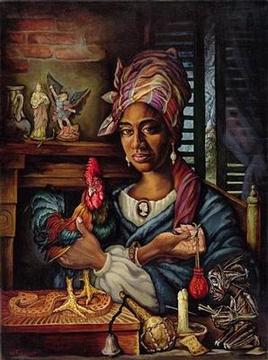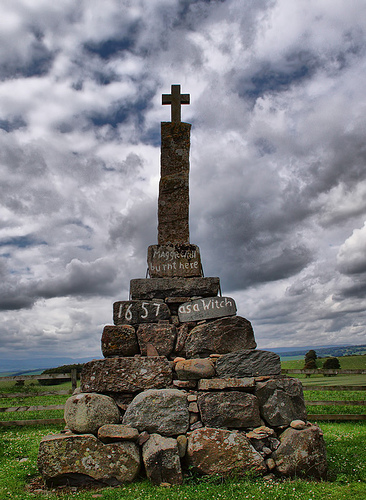Oil spills have occurred ever since we began to harvest it for various uses, as a result of human error, laziness, or pure ignorance. Most recently, the devastating Deep Water Horizon oil spill in the Gulf of Mexico has been all over the news- oil was pouring out of the blown rig for almost 100 days- so you probably won’t be surprised to find it on this list. More surprising: there have been worse spills in history.
Remember 1989’s Exxon Valdez oil spill? It was heavily referred to during the recent Deep Water Horizon oil spill, yet this oil spill doesn’t even make the list. Sadly, the Exxon Valdez spill seems miniscule compared to the other spills on this list. Below are the 10 worst oil spills ever recorded in history determined by the amount of oil that was leaked during the disaster:
10. The MT Haven, Italy, 1991 – 45 million gallons

The MT Haven was launched in 1973 after its sister ship sank earlier in the decade. The main purpose of the ship was to carry crude oil from the Middle East gulf regions to various other countries. In 1987 during the Iran-Iraq war, the ship was hit by a missile and was sent to Singapore for repair. There, after it was fixed, the ship was sold to brokers. After being sold, the ship ran from Kharg Island (located off Iran) into the Mediterranean. For years the ship successfully ran its course back and forth through the waters. Until April 11, 1991. On this day, the ship was, as usual, unloading oil (about 230,000 tons) at a platform a few miles from Genoa, Italy. After unloading about 80,000 tons, everything went wrong during a routine internal operation and there was an explosion.
A fire broke out immediately and flames were as high as 100 meters. More explosions occurred as millions of gallons of oil dispersed into the water. Six people were killed because of the disaster. Officials attempted to tow the ship to the land, but this failed as the keel was broken. A day after the explosion the ship sank, and for 12 years continued to leak oil. In the end the new owners of the ship were blamed due to repair of the ship after it was hit by a missile and put back into operation. (Image: underwater ship wreck of the MT Haven.)
9. ABT Summer, Angola, 1991 – 51 million gallons

On May 28, 1991, the oil tanker ABT Summer was on its way from Iran to Rotterdam. It was carrying about 260,000 tons of oil. Near the end of its journey, the ABT Summer suddenly burst into flames. The ship was about 900 miles away from Angola. Once the flames began, the oil also started to leak from the tanker. The oil eventually began to form a slick that spread out to be about 80 square miles. The oil itself also burned too. The tanker was on fire for 3 whole days until it sank on June 1. After sinking, officials attempted to recover and locate the wreckage, but their efforts proved to be unsuccessful.
There is no clear evidence of exactly how much oil was burned or how much sank during the disaster. Out of the 32 crew-members on the ship, 5 of them died because of the explosion. While 51 million gallons of oil spilled into the water, there was nothing ever professionally done to fix it. It wasn’t too close to the coastline, so many believed that the high movement of the seas would eventually break up the oil slick and carry it away from the shore, reducing or completely eliminating any type of environmental impact.
8. The Amoco Cadiz, France, 1978 – 69 million gallons

In 1978, the Amoco Cadiz, a very large crude carrier, was on its way from the Persian Gulf to Rotterdam with a stop in Great Britain. During this stop the ship experienced very unsettled water due to unstable weather conditions. The morning of the stop, a very heavy wave crashed into the ship’s rudder. The rudder was damaged and efforts to repair it failed. The ship sent out messages stating that it was unable to move, but no one on the ship called for assistance from a tug until hours later. A German tug eventually responded to the call but the high seas made assistance difficult. A tow line was eventually attached, but it broke, and a successful line was not put on until 8:55 that night. In efforts to stop the drifting, the Amoco Cadiz dropped its anchor, but the strong winds and mass of the tanker were too strong. At about 9:00PM, the ship ran aground, which then caused the engines to flood, which then ripped the hull and allowed oil to escape.
The next morning, the ship split in half and 69 million gallons of oil washed into the English Channel. Thankfully, everyone was rescued by French Naval Aviation troops, so no one died during the incident. Eventually the French Navy would sink the ship. None of the oil was able to be pumped out of the tanker due to the horrible weather. The oil eventually reached beaches, 76 in total, and spread 200 miles along the coastline.
7. Castillo de Bellver, South Africa, 1983 – 79 million gallons

The Castillo de Bellver was carrying 252,000 tons of crude oil to South Africa on August 6, 1983. Once the ship was about 70 miles off of Cape Town, it suddenly caught fire, which caused the ship to drift and then break into two separate pieces. The stern, which may have been carrying about 100,000 tons of oil, was capsized about 24 miles from the South African coast. Once the flames died down and no more explosions were expected, the ship’s bow was towed away from the coast and then explosive charges were used to sink it. 50,000-60,000 tons of the oil may have sank into the sea or burned during the fire.
Thankfully, the oil never reached the coastline. It was headed towards the coast but a wind shift changed the direction of the oil back away from the coast. There wasn’t much clean up with this oil spill though dispersants were used. The impact wasn’t as serious as it could have been and wildlife seemed to be able to cope.
6. Nowruz Oil Field, Persian Gulf, 1983 – 80 million gallons

The year of 1983 really proved to be a horrible year at the Nowruz Oil Field. There were several different incidents that resulted in oil being spilled into the Persian Gulf. All of these incidents occurred during the height of the Iran-Iraq War. During the war, an oil tanker collided into an oil platform in the Persian Gulf. The power and force of the collision caused the platform to fall into a 45 degree angle-position. Waves and daily corrosion eventually caused the riser to fall into the wellhead. This of course caused heavy damage and for months, the well leaked 1,500 barrels of oil each day. Even though many planned efforts to stop the leakage were put into place, capping the well was seen as too dangerous because Iraqi planes were constantly attacking the platform.
Before this first incident was resolved, there were more oil spills. For example, in March 1983, Iraqi helicopters attacked a platform in the Nowruz Oil Field. During this incident alone, over 733,000 barrels of oil were spilled. The spill was finally stopped and capped in May 1983, but only after 9 people died in the attempt to cap the well. The first Nowruz incident was not solved until September 1983- 11 men had died during attempts to stop the leak.
5. Fergana Valley/Mingbulak, Russia, 1992 – 88 million gallons

When you think about an oil spill you probably picture a capsized tanker or drilling platform issue; however, the Fergana Valley oil spill didn’t involve either. This case of the Fergana Valley oil spill is definitely one of ignorant thinking. It stands as one of the largest inland oil spills ever recorded. The Fergana Valley is located between Kyrgyzstan and Uzbekistan which was a densely populated area with highly fertile land for agriculture. Vast oil deposits were discovered under the land- of course with this type of finding, drilling would happen, and it did.
On March 2, 1992, an oil well located in the area experienced a mechanical breakdown which then caused an oil blow out. This well was one of the most active in the location, resulting in the spilling of 88 million gallons of oil. The oil quickly flowed out of the well and into the valley. The oil from the well had been leaking for 8 months, but dikes were used to hold it back. Eventually the dikes failed and oil was sent into the Russian Arctic. The oil somehow stopped flowing on its own. The oil field was abandoned soon after.
4. Atlantic Empress/Aegean Captain, Trinidad and Tobago, 1979 – 90 million gallons

On July 19, 1979, there was a very strong tropical storm in the Caribbean Sea near the Venezuelan coast very close to Tobago. Two ships, the Atlantic Empress and the Aegean Captain, were out on the sea trying to battle through the storm. The storm was extremely severe and weather conditions were horrible and the two ships collided. The Atlantic Empress, a fully loaded supertanker, carrying millions of gallons of oil, exploded into flames. Along with the explosion came the rushing of oil into the water, which wasn’t stopped until August 3, 1979.
A lot of the oil that was leaked burned in the fire; however, by the end of it all, 90 million gallons had seeped into the water near Tobago. The Atlantic Empress eventually sank, which brought an end to this oil disaster. Today it stands as the largest ship oil spill today.
3. Ixtoc I, Mexico, 1979 – 138 million gallons

The Ixtoc I incident in Mexico is one that did not involve a tanker. Instead, the spill of 138 million gallons of oil was caused by a faulty offshore oil well. Pemex, a Mexican petroleum company, was attempting to drill an oil well when an unexpected blowout occurred on June 3, 1979. In no time the oil ignited, the drilling rig collapsed and oil began to freely flow into the Gulf of Mexico. Officials predicted that 10,000-30,000 barrels of oil a day were going into the Gulf. The horrible part is that it took almost a year to stop the leak. It was successfully capped in 1980, only after millions of gallons of oil had polluted waters.
Thankfully, Mother Nature helped with the Ixtoc I oil spill. Westerly winds and storms were able to keep the oil away and off of beaches near southeastern Texas and eastern Mexico, although some of the oil did reach South Padre Island. Beaches were soiled, but the outcome could have been much worse if the weather did not cooperate.
2. Deepwater Horizon, Gulf of Mexico, 2010 – 172 million gallons
The Deepwater Horizon oil spill located in the Gulf of Mexico occurred on April 20, 2010 after methane gas was somehow put under extremely high pressure, which then caused it to travel up the drill column and eventually ignite. The ignition then prompted an explosion that killed 11 workers (presumed dead as bodies were never found) and injured 17. The ship burned for about 36 hours, after efforts to calm the fire failed, and sank on April 22, 2010. The well continued to leak for over 100 days after various efforts and plans to stop the leak failed. Oil dispersants were widely spread throughout the waters, which helped some. A final fix came about on August 3, 2010 when mud was pumped into the well to stop the flow of oil.
The disturbing part of this spill is that it could have been avoided. Several workers on the platform spoke of their concerns regarding the well months before, but no action was ever really taken. The effects of this oil spill have been truly horrible. Animals have suffered, including pelicans, turtles, birds, and various others. Also, many people are out of plenty of money, jobs, and- in many cases- hope.
(Note: The amount of oil listed for the Deep Water Horizon oil spill was confirmed on August 2, 2010. Of course, the amount may change.)
1. Gulf War, Kuwait, 1991 – 520 million gallons

The Gulf War oil spill was not an accident; the oil was spilled purposefully during wartime. During the Gulf War in 1991, Iraqi forces, in hopes of thwarting the arrival of American Marine soldiers as well as lessening American oil supplies, unsealed and opened the valves located at an offshore oil terminal named Sea Island. They also dumped oil from many different tankers into the Persian Gulf. The media first reported that airstrikes from the Americans had blown up two oil tankers. In the end this wasn’t the case, though the Americans did eventually destroy the pipelines to avert more oil spilling into the Gulf.
By the end of it all, about 172 million gallons of oil poured into the Gulf. The oil covered over 4000 square miles and some of it was 5-inches thick. A study conducted after the oil spill found that the spill probably did very little damage in the long-term due to the fact that most of the oil evaporated and millions of barrels were able to be recovered. In the short-term, the impact on wildlife living in Kuwait and Iraq was devastating.
Source
READ MORE»
Remember 1989’s Exxon Valdez oil spill? It was heavily referred to during the recent Deep Water Horizon oil spill, yet this oil spill doesn’t even make the list. Sadly, the Exxon Valdez spill seems miniscule compared to the other spills on this list. Below are the 10 worst oil spills ever recorded in history determined by the amount of oil that was leaked during the disaster:
10. The MT Haven, Italy, 1991 – 45 million gallons

The MT Haven was launched in 1973 after its sister ship sank earlier in the decade. The main purpose of the ship was to carry crude oil from the Middle East gulf regions to various other countries. In 1987 during the Iran-Iraq war, the ship was hit by a missile and was sent to Singapore for repair. There, after it was fixed, the ship was sold to brokers. After being sold, the ship ran from Kharg Island (located off Iran) into the Mediterranean. For years the ship successfully ran its course back and forth through the waters. Until April 11, 1991. On this day, the ship was, as usual, unloading oil (about 230,000 tons) at a platform a few miles from Genoa, Italy. After unloading about 80,000 tons, everything went wrong during a routine internal operation and there was an explosion.
A fire broke out immediately and flames were as high as 100 meters. More explosions occurred as millions of gallons of oil dispersed into the water. Six people were killed because of the disaster. Officials attempted to tow the ship to the land, but this failed as the keel was broken. A day after the explosion the ship sank, and for 12 years continued to leak oil. In the end the new owners of the ship were blamed due to repair of the ship after it was hit by a missile and put back into operation. (Image: underwater ship wreck of the MT Haven.)
9. ABT Summer, Angola, 1991 – 51 million gallons

On May 28, 1991, the oil tanker ABT Summer was on its way from Iran to Rotterdam. It was carrying about 260,000 tons of oil. Near the end of its journey, the ABT Summer suddenly burst into flames. The ship was about 900 miles away from Angola. Once the flames began, the oil also started to leak from the tanker. The oil eventually began to form a slick that spread out to be about 80 square miles. The oil itself also burned too. The tanker was on fire for 3 whole days until it sank on June 1. After sinking, officials attempted to recover and locate the wreckage, but their efforts proved to be unsuccessful.
There is no clear evidence of exactly how much oil was burned or how much sank during the disaster. Out of the 32 crew-members on the ship, 5 of them died because of the explosion. While 51 million gallons of oil spilled into the water, there was nothing ever professionally done to fix it. It wasn’t too close to the coastline, so many believed that the high movement of the seas would eventually break up the oil slick and carry it away from the shore, reducing or completely eliminating any type of environmental impact.
8. The Amoco Cadiz, France, 1978 – 69 million gallons

In 1978, the Amoco Cadiz, a very large crude carrier, was on its way from the Persian Gulf to Rotterdam with a stop in Great Britain. During this stop the ship experienced very unsettled water due to unstable weather conditions. The morning of the stop, a very heavy wave crashed into the ship’s rudder. The rudder was damaged and efforts to repair it failed. The ship sent out messages stating that it was unable to move, but no one on the ship called for assistance from a tug until hours later. A German tug eventually responded to the call but the high seas made assistance difficult. A tow line was eventually attached, but it broke, and a successful line was not put on until 8:55 that night. In efforts to stop the drifting, the Amoco Cadiz dropped its anchor, but the strong winds and mass of the tanker were too strong. At about 9:00PM, the ship ran aground, which then caused the engines to flood, which then ripped the hull and allowed oil to escape.
The next morning, the ship split in half and 69 million gallons of oil washed into the English Channel. Thankfully, everyone was rescued by French Naval Aviation troops, so no one died during the incident. Eventually the French Navy would sink the ship. None of the oil was able to be pumped out of the tanker due to the horrible weather. The oil eventually reached beaches, 76 in total, and spread 200 miles along the coastline.
7. Castillo de Bellver, South Africa, 1983 – 79 million gallons

The Castillo de Bellver was carrying 252,000 tons of crude oil to South Africa on August 6, 1983. Once the ship was about 70 miles off of Cape Town, it suddenly caught fire, which caused the ship to drift and then break into two separate pieces. The stern, which may have been carrying about 100,000 tons of oil, was capsized about 24 miles from the South African coast. Once the flames died down and no more explosions were expected, the ship’s bow was towed away from the coast and then explosive charges were used to sink it. 50,000-60,000 tons of the oil may have sank into the sea or burned during the fire.
Thankfully, the oil never reached the coastline. It was headed towards the coast but a wind shift changed the direction of the oil back away from the coast. There wasn’t much clean up with this oil spill though dispersants were used. The impact wasn’t as serious as it could have been and wildlife seemed to be able to cope.
6. Nowruz Oil Field, Persian Gulf, 1983 – 80 million gallons

The year of 1983 really proved to be a horrible year at the Nowruz Oil Field. There were several different incidents that resulted in oil being spilled into the Persian Gulf. All of these incidents occurred during the height of the Iran-Iraq War. During the war, an oil tanker collided into an oil platform in the Persian Gulf. The power and force of the collision caused the platform to fall into a 45 degree angle-position. Waves and daily corrosion eventually caused the riser to fall into the wellhead. This of course caused heavy damage and for months, the well leaked 1,500 barrels of oil each day. Even though many planned efforts to stop the leakage were put into place, capping the well was seen as too dangerous because Iraqi planes were constantly attacking the platform.
Before this first incident was resolved, there were more oil spills. For example, in March 1983, Iraqi helicopters attacked a platform in the Nowruz Oil Field. During this incident alone, over 733,000 barrels of oil were spilled. The spill was finally stopped and capped in May 1983, but only after 9 people died in the attempt to cap the well. The first Nowruz incident was not solved until September 1983- 11 men had died during attempts to stop the leak.
5. Fergana Valley/Mingbulak, Russia, 1992 – 88 million gallons

When you think about an oil spill you probably picture a capsized tanker or drilling platform issue; however, the Fergana Valley oil spill didn’t involve either. This case of the Fergana Valley oil spill is definitely one of ignorant thinking. It stands as one of the largest inland oil spills ever recorded. The Fergana Valley is located between Kyrgyzstan and Uzbekistan which was a densely populated area with highly fertile land for agriculture. Vast oil deposits were discovered under the land- of course with this type of finding, drilling would happen, and it did.
On March 2, 1992, an oil well located in the area experienced a mechanical breakdown which then caused an oil blow out. This well was one of the most active in the location, resulting in the spilling of 88 million gallons of oil. The oil quickly flowed out of the well and into the valley. The oil from the well had been leaking for 8 months, but dikes were used to hold it back. Eventually the dikes failed and oil was sent into the Russian Arctic. The oil somehow stopped flowing on its own. The oil field was abandoned soon after.
4. Atlantic Empress/Aegean Captain, Trinidad and Tobago, 1979 – 90 million gallons

On July 19, 1979, there was a very strong tropical storm in the Caribbean Sea near the Venezuelan coast very close to Tobago. Two ships, the Atlantic Empress and the Aegean Captain, were out on the sea trying to battle through the storm. The storm was extremely severe and weather conditions were horrible and the two ships collided. The Atlantic Empress, a fully loaded supertanker, carrying millions of gallons of oil, exploded into flames. Along with the explosion came the rushing of oil into the water, which wasn’t stopped until August 3, 1979.
A lot of the oil that was leaked burned in the fire; however, by the end of it all, 90 million gallons had seeped into the water near Tobago. The Atlantic Empress eventually sank, which brought an end to this oil disaster. Today it stands as the largest ship oil spill today.
3. Ixtoc I, Mexico, 1979 – 138 million gallons

The Ixtoc I incident in Mexico is one that did not involve a tanker. Instead, the spill of 138 million gallons of oil was caused by a faulty offshore oil well. Pemex, a Mexican petroleum company, was attempting to drill an oil well when an unexpected blowout occurred on June 3, 1979. In no time the oil ignited, the drilling rig collapsed and oil began to freely flow into the Gulf of Mexico. Officials predicted that 10,000-30,000 barrels of oil a day were going into the Gulf. The horrible part is that it took almost a year to stop the leak. It was successfully capped in 1980, only after millions of gallons of oil had polluted waters.
Thankfully, Mother Nature helped with the Ixtoc I oil spill. Westerly winds and storms were able to keep the oil away and off of beaches near southeastern Texas and eastern Mexico, although some of the oil did reach South Padre Island. Beaches were soiled, but the outcome could have been much worse if the weather did not cooperate.
2. Deepwater Horizon, Gulf of Mexico, 2010 – 172 million gallons
The Deepwater Horizon oil spill located in the Gulf of Mexico occurred on April 20, 2010 after methane gas was somehow put under extremely high pressure, which then caused it to travel up the drill column and eventually ignite. The ignition then prompted an explosion that killed 11 workers (presumed dead as bodies were never found) and injured 17. The ship burned for about 36 hours, after efforts to calm the fire failed, and sank on April 22, 2010. The well continued to leak for over 100 days after various efforts and plans to stop the leak failed. Oil dispersants were widely spread throughout the waters, which helped some. A final fix came about on August 3, 2010 when mud was pumped into the well to stop the flow of oil.
The disturbing part of this spill is that it could have been avoided. Several workers on the platform spoke of their concerns regarding the well months before, but no action was ever really taken. The effects of this oil spill have been truly horrible. Animals have suffered, including pelicans, turtles, birds, and various others. Also, many people are out of plenty of money, jobs, and- in many cases- hope.
(Note: The amount of oil listed for the Deep Water Horizon oil spill was confirmed on August 2, 2010. Of course, the amount may change.)
1. Gulf War, Kuwait, 1991 – 520 million gallons

The Gulf War oil spill was not an accident; the oil was spilled purposefully during wartime. During the Gulf War in 1991, Iraqi forces, in hopes of thwarting the arrival of American Marine soldiers as well as lessening American oil supplies, unsealed and opened the valves located at an offshore oil terminal named Sea Island. They also dumped oil from many different tankers into the Persian Gulf. The media first reported that airstrikes from the Americans had blown up two oil tankers. In the end this wasn’t the case, though the Americans did eventually destroy the pipelines to avert more oil spilling into the Gulf.
By the end of it all, about 172 million gallons of oil poured into the Gulf. The oil covered over 4000 square miles and some of it was 5-inches thick. A study conducted after the oil spill found that the spill probably did very little damage in the long-term due to the fact that most of the oil evaporated and millions of barrels were able to be recovered. In the short-term, the impact on wildlife living in Kuwait and Iraq was devastating.
Source

